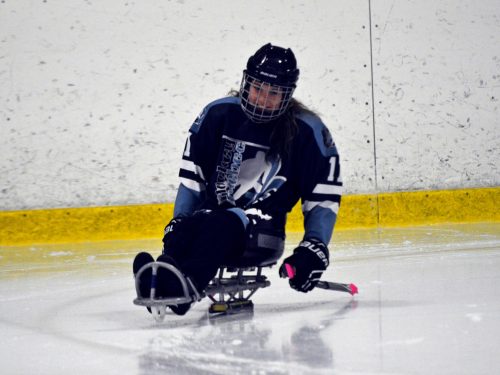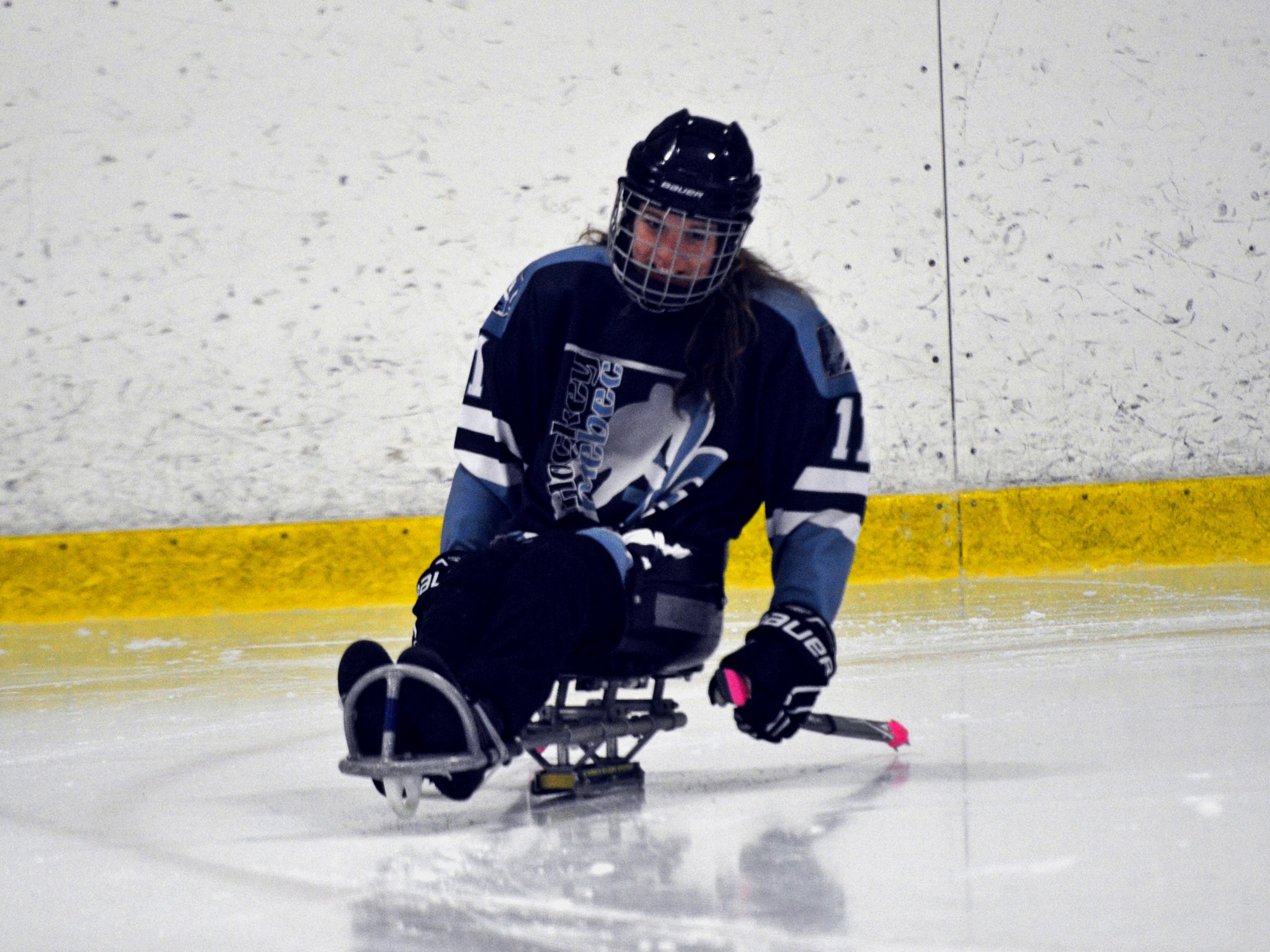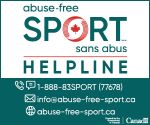Josée and inclusive physical literacy: A passion for sport began with sledge hockey

Josée and inclusive physical literacy: A passion for sport began with sledge hockey
For this very first article as a collaborator of Sport for Life and Réseau Accès Participation, let’s introduce myself: I’m Josée, 29, a young woman with a disability. I have been asked to write about inclusive physical literacy. But we’ll come back to that! Why me? I was born very premature, at 27 weeks of my mother’s pregnancy, and the beginning of my life was perilous! Less than three pounds at birth; many weeks in the incubator at the hospital. The result? Cerebral palsy. The consequences? To be discovered all my life.
How to love being active with a disability
Twenty-nine years later, the consequences are: spasticity, muscular stiffness, balance problems, coordination difficulties, etc. To simplify these issues I face, one day I was told by a therapist that my condition is like being born in a onesie. A onesie that’s much too small. Major efforts in physiotherapy and some operations later, I today walk without crutches or a wheelchair. I do not know if it will always be this way, because although my condition is not degenerative, it worsens as my body ages. How to stop this? Be active, they say! Be active when you’re in your mid-20s. But when sport is synonymous with failure, rejection, sadness, then how do you do that? We’ll be back with that later!
As a child, everything was aligned to help me love to move despite of my condition. My dream was to be the first female coach of the Montreal Canadiens, nothing less. To love sport was a part of me! I spent my summers swimming in the family pool, cycling with my little wheels on at the campground. I played soccer in the local league with my friends, and I was a goalie playing field hockey with my little brother. Then, one day, I grew up. It was time to remove the little wheels on the bike, to play soccer in a competitive league, to put the skates on. And that, I could not do. For the suburban little girl that I was, adaptations did not exist (yet)!
Sledge hockey, a sport that lights a spark
Between that time and the moment I started to do sport, 20 years had passed. I now had more physical difficulties so I decided to try adapted sport. For almost two years now, I have been part of the Québec women’s sledge hockey team. I’d like to tell you that it’s like in the movies, that I’m really talented, that I score every game. But no. Zero goals in two seasons. I do not know yet if there will be a third season, but this sport has ignited something in me. I have lived unforgettable moments, and most of all, I have had the chance to skate with my brother and my best friend, when both tried a sledge. After 15 years spent in the stands with my friend, watching my brother play, it was amazing! Sport brings plenty of magical moments like this! And EVERYONE should be entitled to this magic!
Everyone, as in INCLUSIVE physical literacy. Let’s get back to that.
Physical literacy is the motivation, confidence, physical competence, knowledge and understanding to value and take responsibility for engagement in physical activities for life.
Downhill skiing and sledge hockey – much alike?
A few days ago, I went skiing. I was lucky to be able to ski standing up, with adapted sticks helping me with balance and some manoeuvres (physical competence). I was so excited before I was on the slope (motivation)! However, during the first 15 minutes, I started repeating in my head my traditional “I’m not going to be able” dozens of times (confidence is to work on, I know!) At some point, my teacher spoke the magic words: “Josée, did you manage sledge hockey the first time you tried it?” “Did you like the first 15 minutes?” “Did you leave the ice?”
No. No. No, I thought to myself. “Well, you’ve got no reason to let go now,” my teacher said (knowledge).
And there’s more. At one point, I realized that when I wanted to turn, I could use my adapted sticks to turn the way I turn in sledge hockey; that I could use my stabilizing muscles and the rest of my body to move the same way I do in sledge. And I realized these things without the instructor explaining them to me (understanding).
Thanks to sledge hockey, physical literacy was now part of my life! And with this development of physical literacy, I wanted more sports in my life. Now, I have sports skills that make initiation to new activities easier.
Sometimes I’m disappointed to have “lost” 20 years of my life without sports, but that’s a reason to do even more now! Follow me on this great adventure every month, on this site and on our Facebook page, where you will find tips to make physical literacy accessible to ALL.


